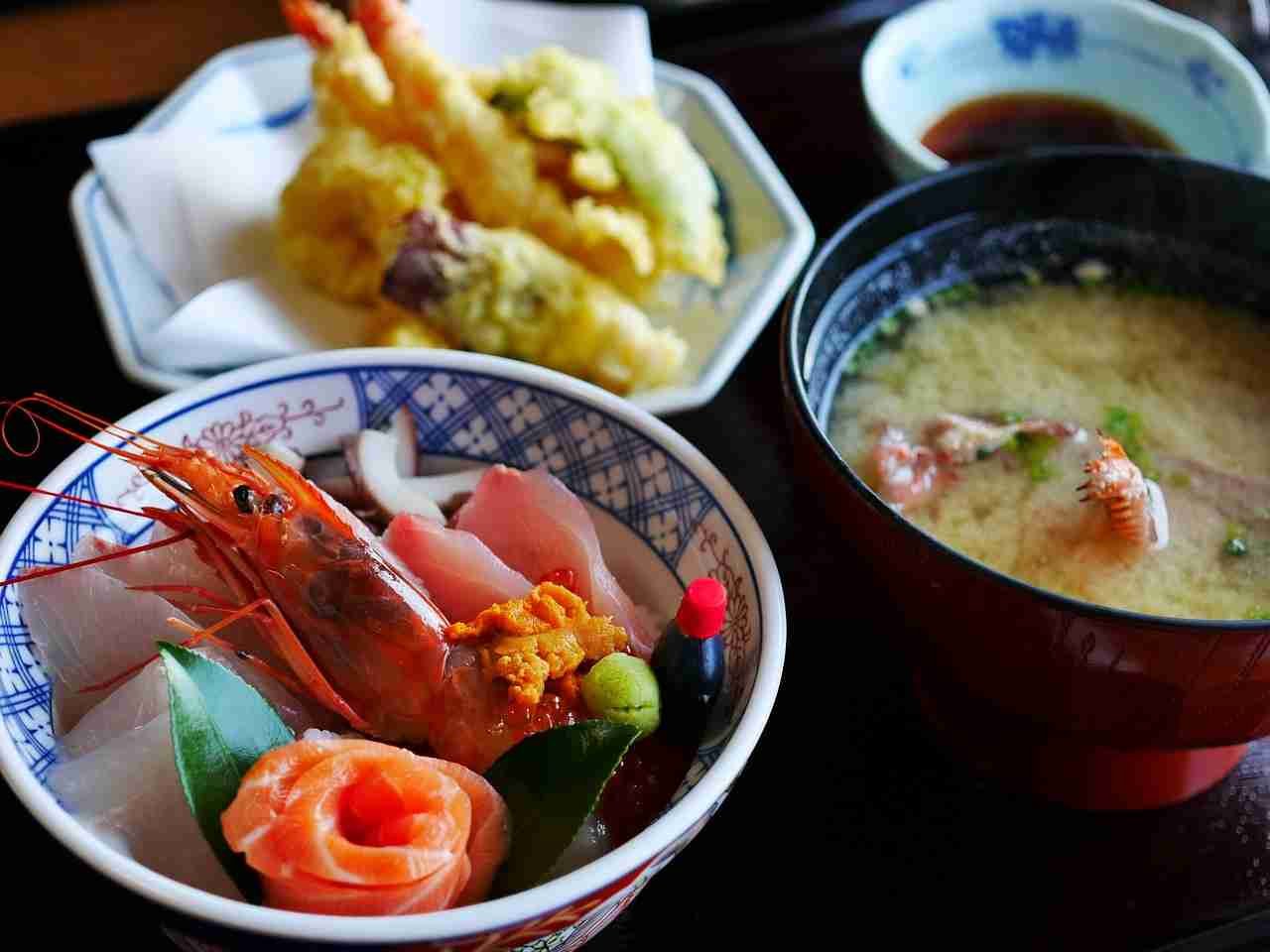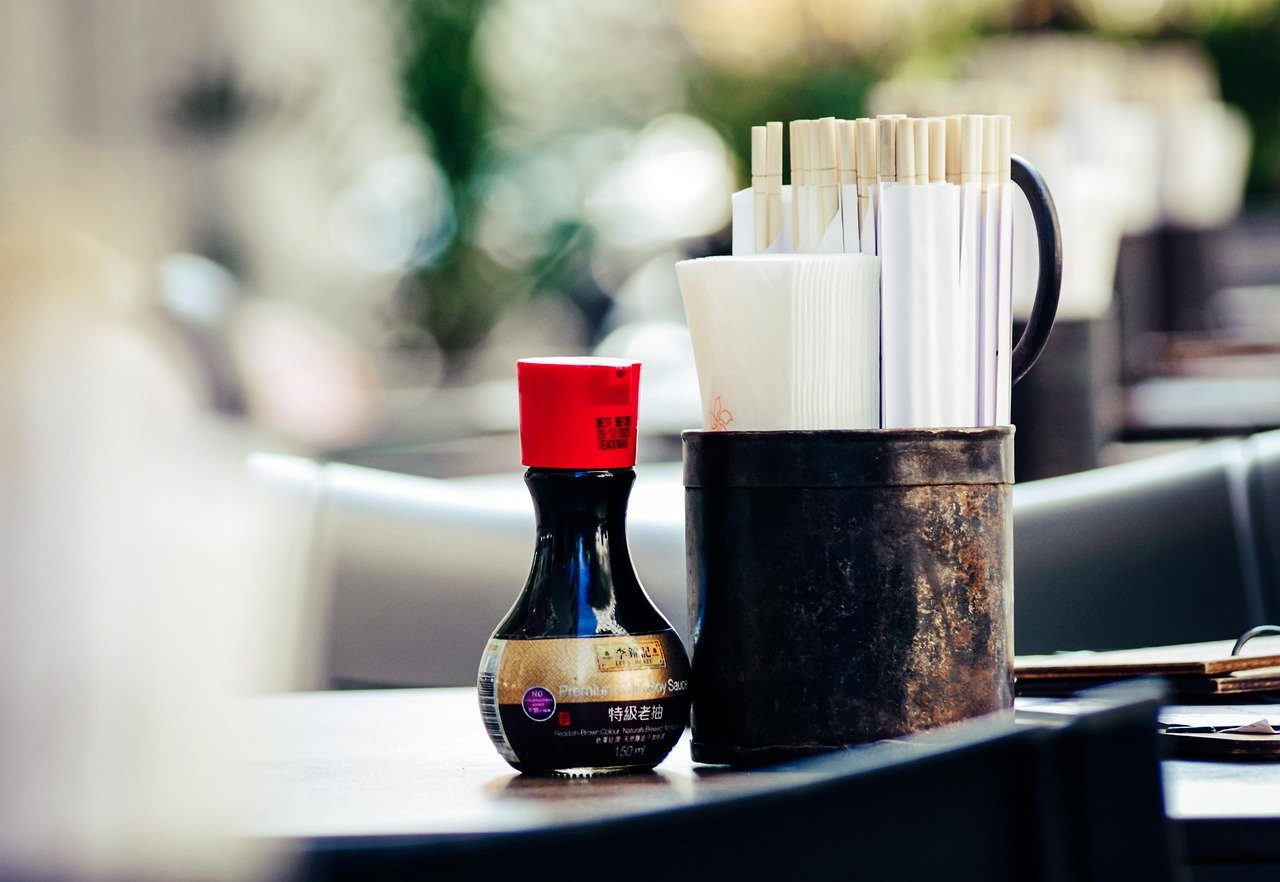Dining out in Japan is more than just eating — it is a cultural ritual filled with Japanese restaurant etiquette, subtle gestures, and delicious discoveries. Whether you are grabbing a quick bowl of ramen or indulging in a multi-course kaiseki meal, knowing the do’s and don’ts will help you feel confident, respectful, and fully immersed in the experience.
Let’s dive into the expanded guide to Japanese restaurant etiquette — from entering the restaurant to paying the bill.
Before You Enter: First Impressions Matter
✅ DO: Wait to Be Seated
- Upon entering, you’ll be greeted with a cheerful “Irasshaimase!” (Welcome!).
- Wait near the entrance or at the host stand until a staff member guides you to a seat.
- In casual spots like ramen shops, you may need to buy a meal ticket from a vending machine first.
❌ DON’T: Ignore the Seating Style
- In traditional restaurants, you may be seated on tatami mats at low tables.
- Remove your shoes before stepping onto tatami flooring — there’s usually a designated area for this.
- In horigotatsu seating, your legs go into a recessed space under the table, so it’s more comfortable than sitting cross-legged.
📌 Extra Tip: Avoid pointing the soles of your feet toward others when seated — it is considered impolite in Japanese restaurant etiquette.
✅ DO: Use the Plastic Food Displays
- Many restaurants have realistic plastic models of their dishes in the window.
- These are great for visualizing portion sizes and ingredients.
- You can point to the dish you want if you’re unsure how to pronounce it.
✅ DO: Learn a Few Key Phrases
- Sumimasen (Excuse me) – to get attention politely
- Kore o kudasai (I’ll have this, please) – when pointing to a menu item
- Oishii desu ka? (Is it delicious?) – a fun way to ask for recommendations
- Omakase – “I’ll leave it to the chef”; often used in sushi or fine dining
❌ DON’T: Customize Too Much
- Japanese chefs take pride in their dishes and expect them to be enjoyed as-is.
- Requests like “no onions” or “extra sauce” may not be accommodated, especially in smaller or traditional restaurants.
📌 Extra Tip: If you have allergies or dietary restrictions, prepare a translated card explaining your needs in Japanese.

Drinks and Toasting: Kanpai with Care
✅ DO: Wait to Drink Until Everyone Is Served
- It’s customary to wait until everyone has their drink before saying “Kanpai!” (Cheers!).
- This shows respect and togetherness, especially in group settings.
✅ DO: Pour Drinks for Others
- In social settings, especially with beer or sake, pour for others before yourself.
- Watch for empty glasses and offer to refill — it’s a sign of attentiveness.
❌ DON’T: Pour Your Own Drink
- Pouring your own drink can be seen as self-centered in group settings.
- Let someone else pour for you — and return the favor.
📌 Extra Tip: Hold your glass with both hands when someone pours for you — it is a polite gesture that also shows you understand Japanese restaurant etiquette.
While Eating: Mindful Manners Make the Meal
✅ DO: Say “Itadakimasu” Before Eating
- This phrase means “I humbly receive” and expresses gratitude for the food, the chef, and the ingredients.
- It’s said before the first bite and is a lovely way to start the meal.
✅ DO: Use Chopsticks Properly
- Rest chopsticks on the hashioki (chopstick rest) when not in use.
- Use the blunt ends of your chopsticks to take food from shared plates.
- Practice control — don’t point, wave, or stab food with chopsticks.
❌ DON’T: Stick Chopsticks Upright in Rice
- This resembles a funeral offering and is considered very disrespectful.
❌ DON’T: Pass Food Chopstick-to-Chopstick
- This mimics a ritual from Japanese funerals and should be avoided.
- Instead, place the food on a plate for someone to pick up.
📌 Extra Tip: If you drop your chopsticks, ask for a new pair — don’t pick them up and continue using them.

Slurping, Sharing, and Savoring
✅ DO: Slurp Your Noodles
- Slurping is a sign of enjoyment and helps cool the noodles.
- It’s especially common in ramen, soba, and udon shops.
- Use serving utensils or the opposite ends of your chopsticks.
- Place shared food on your plate before eating — don’t eat directly from communal dishes.
- Take the whole piece or cut it cleanly before sharing.
- Biting and returning half is considered unhygienic.
📌 Extra Tip: In izakayas (Japanese pubs), dishes are often small and meant for sharing — perfect for trying a variety of flavors.
Condiments and Sauces: Less Is More
✅ DO: Use Soy Sauce Sparingly
- Dip sushi fish-side down to avoid soaking the rice.
- Too much soy sauce can overpower delicate flavors.
✅ DO: Use Wasabi Thoughtfully
- In high-end sushi restaurants, the chef often adds the perfect amount.
- If you add more, do so discreetly — not by mixing it into your soy sauce.
❌ DON’T: Over-season or Alter the Dish
- Adding too much sauce or spice can be seen as disrespecting the chef’s work.
📌 Extra Tip: Try the dish as served first — you might discover a new favorite flavor by following pure Japanese restaurant etiquette!

Paying the Bill: Smooth and Simple
✅ DO: Pay at the Register
- You’ll often receive the bill at your table but pay at the front counter.
- Cash is still widely used, though many places accept cards or IC cards (Suica/Pasmo).
❌ DON’T: Leave Money on the Table
- Unlike in some countries, this is not the norm in Japan.
❌ DON’T: Tip
- Tipping is not customary and may be confusing or even offensive.
- Excellent service is already part of the dining experience.
📌 Extra Tip: If you want to show appreciation, a sincere “Arigatou gozaimasu” and a smile are perfect according to Japanese restaurant etiquette.
Cleanliness and Consideration
✅ DO: Use the Oshibori (Wet Towel)
- Use it to clean your hands before eating.
- Don’t use it to wipe your face, neck, or table.
✅ DO: Leave the Table Tidy
- Stack dishes neatly and return trays if it’s a self-service spot.
- Don’t leave trash or food scraps scattered.
📌 Extra Tip: Trash bins are rare in Japan — hold onto wrappers or napkins until you find one. This is not only a very important rule in Japanese restaurant etiquette, but also in everyday Japanese life!
Final Thoughts on Japanese restaurant etiquette
Eating out in Japan is a joyful, respectful experience.
By following these do’s and don’ts of Japanese restaurant etiquette, you will not only avoid awkward moments but also gain a deeper appreciation for the culture, the craftsmanship, and the quiet elegance of Japanese dining.
Whether you are sipping miso soup in a cozy ramen shop or enjoying a seasonal kaiseki meal in Kyoto, remember: respect, curiosity, and a smile go a long way in Japanese restaurant etiquette.
So grab your chopsticks, say “Itadakimasu,” and enjoy every bite of your Japanese culinary adventure!